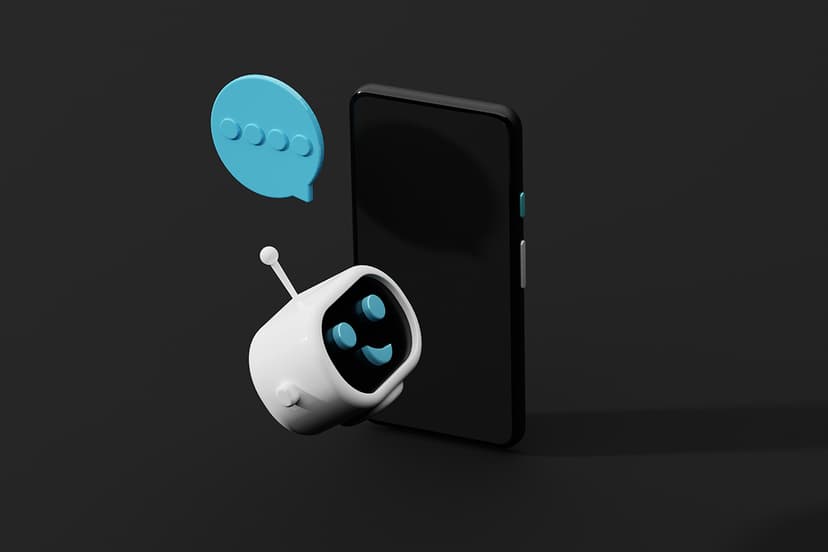How to Use Hotjar with React to Understand User Behavior
Hotjar is a powerful tool that helps gather insights on user behavior. It offers features such as heatmaps, session recordings, and surveys. Integrating Hotjar with React allows you to set up the tool effectively to understand user interactions with your website or app.
Why Use Hotjar with React?
Why is it beneficial to use Hotjar with React? Integrating Hotjar into your React application provides insights into user navigation, interaction with elements, and potential issues faced by users. This data aids in optimizing user experience, improving conversions, and growing your business.
Setting up Hotjar with React
To start using Hotjar with React, follow these steps:
-
Install Hotjar Script: Sign up for a Hotjar account and copy the tracking code provided. Add this code to the
<head>section of yourindex.htmlfile in your React project. -
Set up Hotjar React Component: Create a new React component to load the Hotjar script on every page. You can include this component in your main
App.jsfile or in any other relevant component.Jsx -
Include Hotjar Component in your App: Add the
HotjarScriptcomponent to your mainApp.jsfile so that the Hotjar tracking code is loaded on every page.Jsx -
Verify Installation: After adding the Hotjar tracking code, verify installation by visiting your website and checking your Hotjar account to see if data is being collected.
Leveraging Hotjar Features with React
After successfully integrating Hotjar with your React application, you can utilize its features to understand user behavior:
-
Heatmaps: Heatmaps visually represent user interactions, highlighting areas with the most clicks or scrolls. Analyzing heatmaps alongside your React components helps identify engaging elements and informs layout decisions.
-
Session Recordings: Session recordings allow you to watch user navigation on your site. By reviewing these recordings, you can discover where users might encounter difficulties.
-
Surveys and Feedback: Hotjar provides tools for surveys and feedback collection. Integrating these tools within your React components helps gather user insights and identify areas for improvement.
Best Practices for Using Hotjar with React
To effectively use Hotjar with React, consider these best practices:
-
Monitor Results Regularly: Check your Hotjar account to review user behavior data consistently. Staying informed helps make data-driven decisions for optimization.
-
Test Changes and Measure Impact: Use Hotjar to track the effects of any changes to your components or design. A/B testing can reveal which variations are most effective.
-
Engage with User Feedback: Utilize Hotjar's survey tools to collect user feedback. Addressing concerns can enhance satisfaction and foster loyalty.
Integrating Hotjar with your React application offers valuable insights into user behavior. Following the steps and leveraging Hotjar features will help improve the user experience and site performance. Start using Hotjar with React to maximize user behavior analytics.












